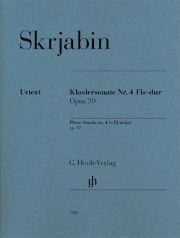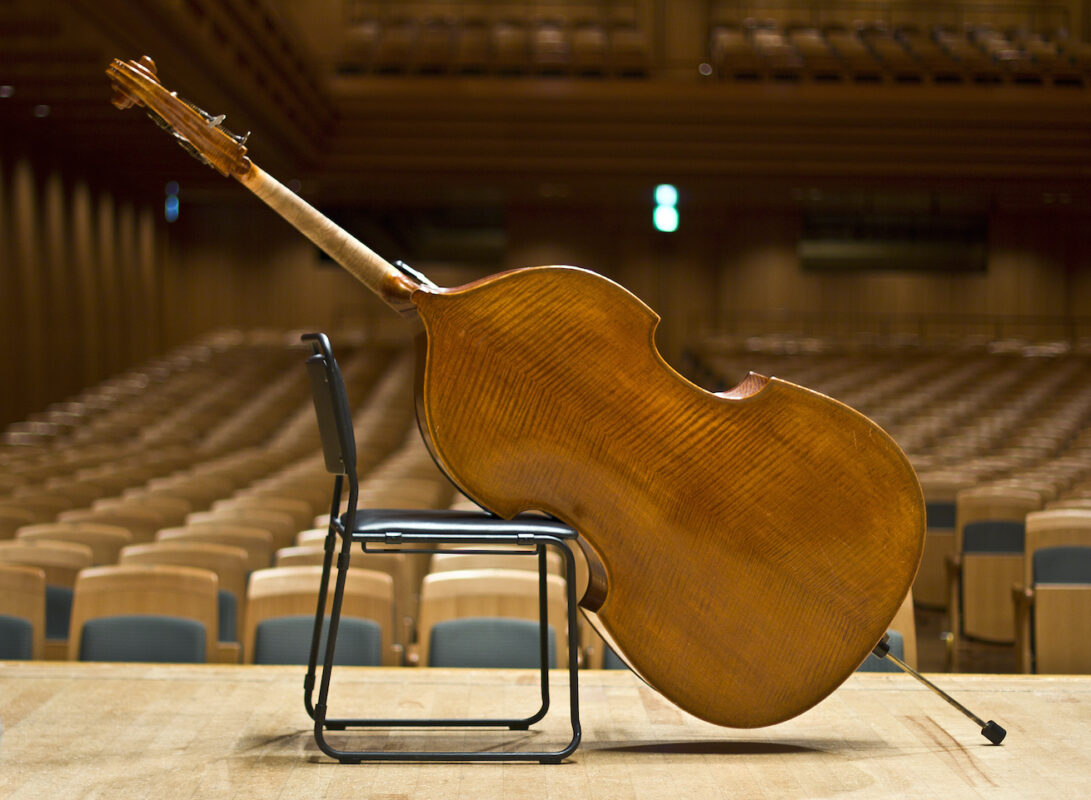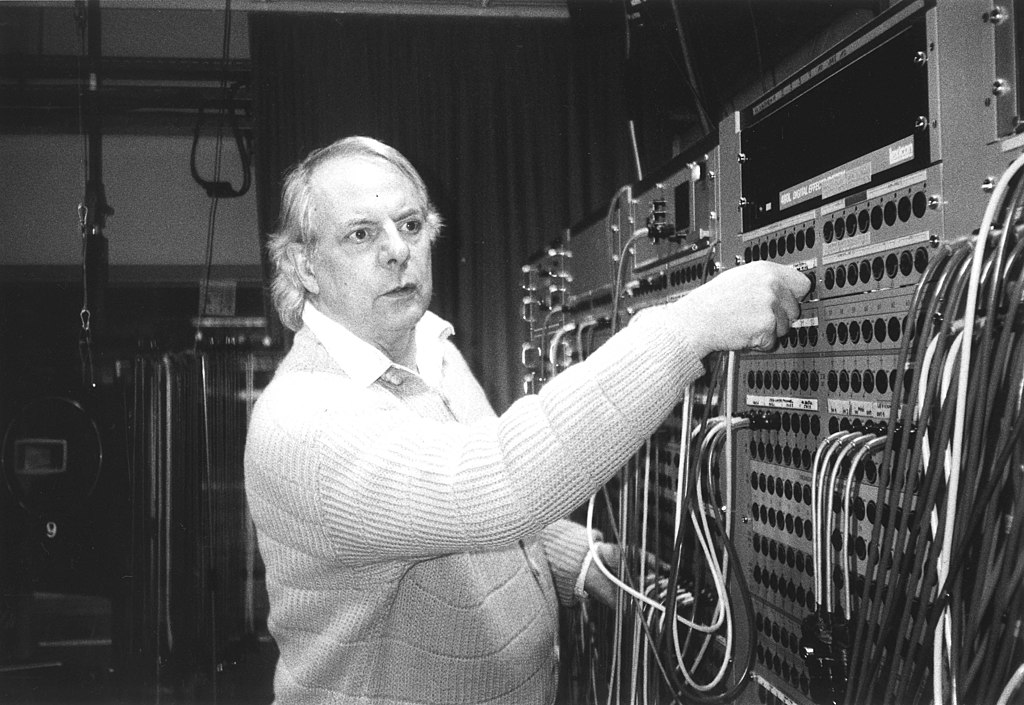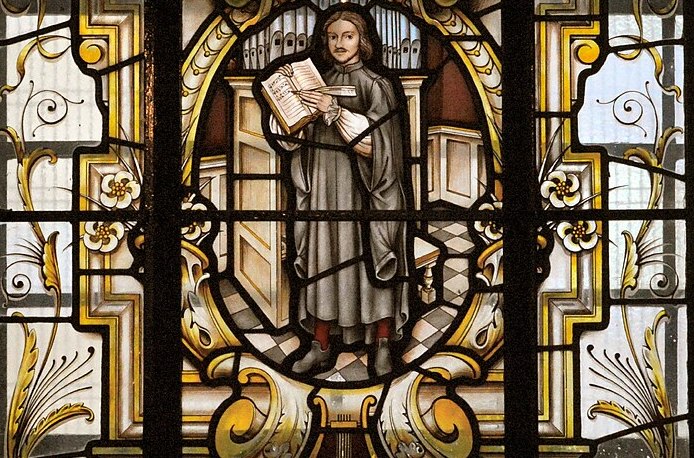Backward and forward facing
A piano sonata that is difficult to master, in which highly explosive music is still tamed.
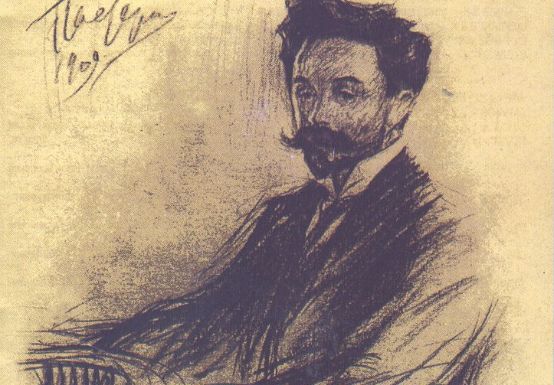
Scriabin's fourth piano sonata from 1903 still has one foot firmly in the 19th century. In the opening Andante, one occasionally thinks of Tristan or the colorful chromaticism of César Franck's violin sonata. And the subsequent Prestissimo volando - as fleeting as it sounds at times - turns out to be a very classical sonata form on closer inspection. In addition, however, there are already clear tendencies towards dissolution in the harmony and complex rhythmic structures that point far into the 20th century. Certain passages almost "swing"!
The one-movement character of all Scriabin's later sonatas is already foreshadowed here, as the main theme of the first movement reappears at the end of the work, but this time in a hymn-like fortissimo. Perhaps a kind of parenthesis that just manages to tame this highly explosive music?
Valentina Rubcova has republished this shortest of Scriabin's sonatas (the masterpiece lasts less than eight minutes!) with Henle-Verlag and provided it with a very readable foreword. Michael Schneidt's fingerings are clever and well measured. Anyone who has problems with the rapid pianissimo chords in the right hand, which are difficult to master (Prestissimo volando, bar 1 and similar passages), should not be ashamed to give two or three notes to the left hand.
The appendix also contains a programmatic prose text, which was apparently added to the sonata with Scriabin's approval. However, the authorship is not clear. Let everyone decide for themselves whether this poem leads them towards or away from the music ...
Aleksandr Scriabin, Piano Sonata No. 4 in F sharp major op. 30, edited by Valentina Rubcova, HN 1110, € 10.00, G. Henle, Munich 2015






